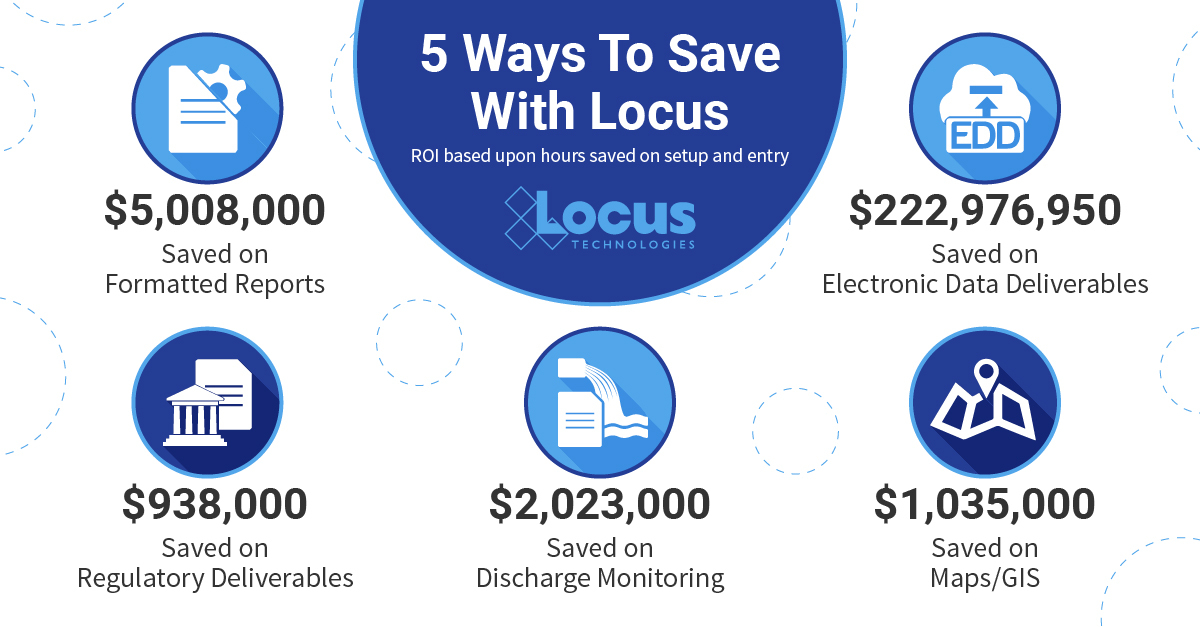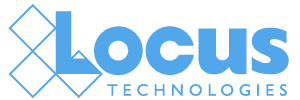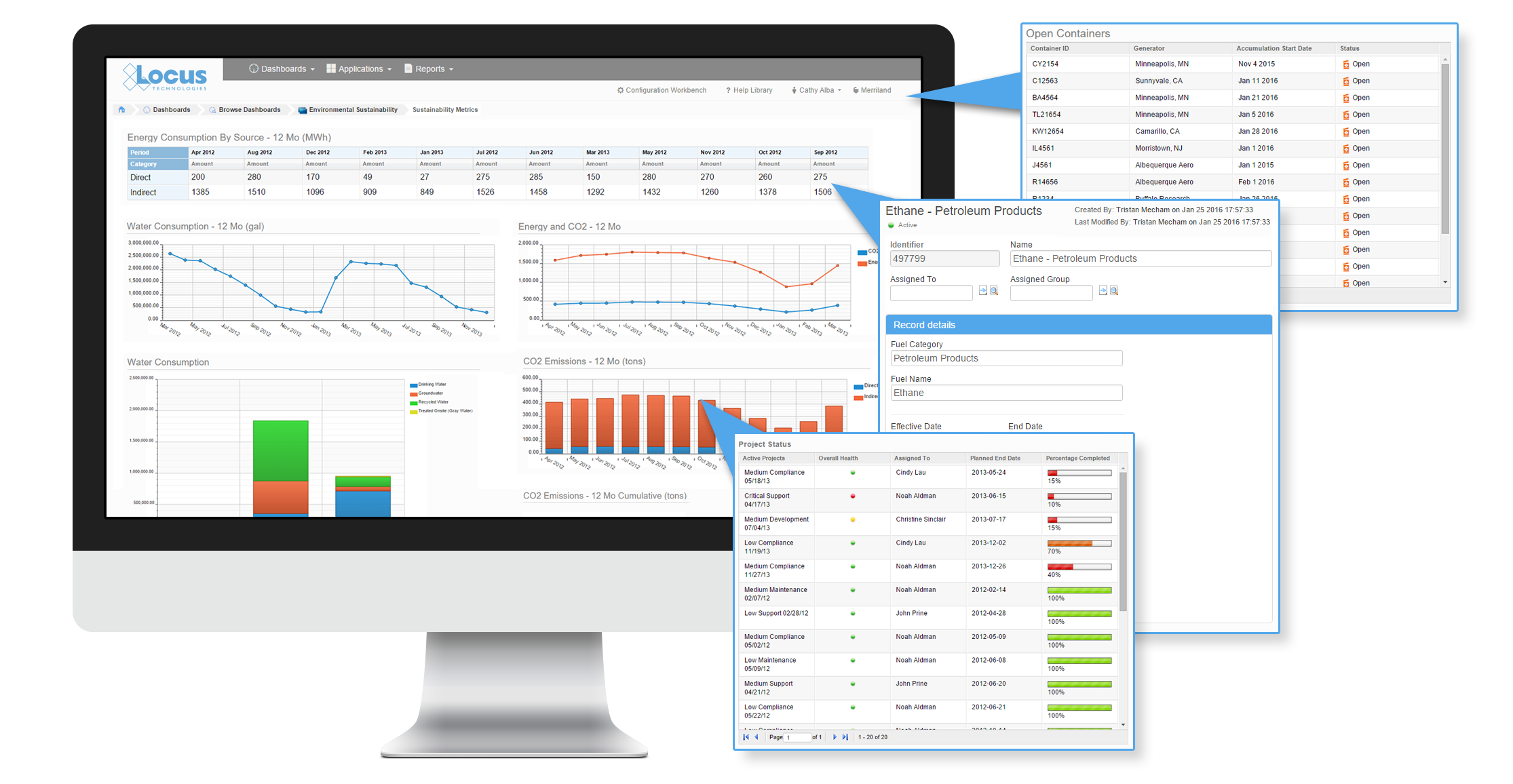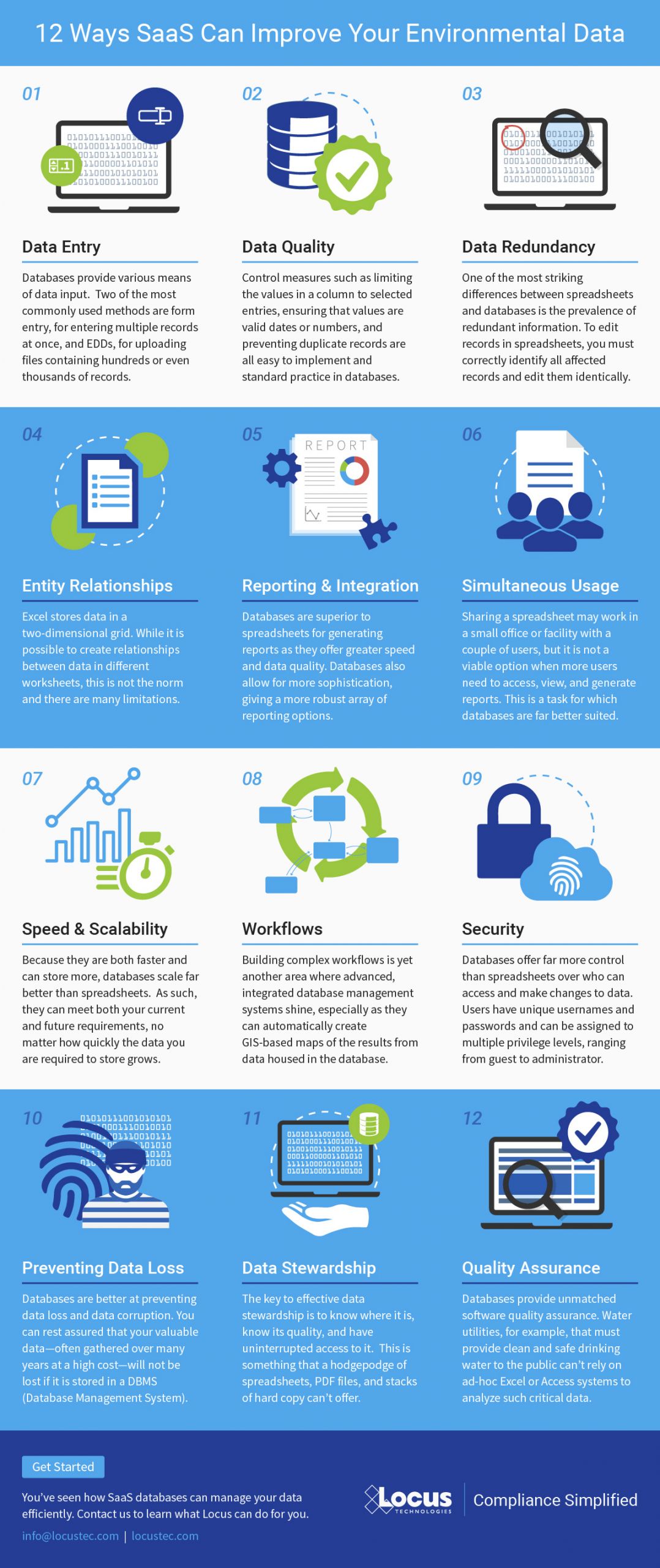Regardless of the size of your organization or the industry you’re in, chances are that right now artificial intelligence can benefit your EHS&S initiatives in one way or another. And whether you are ready for it or not, the age of artificial intelligence is coming. Forward-thinking and adaptive businesses are already using artificial intelligence in EHS&S as a competitive advantage in the marketplace to great success.
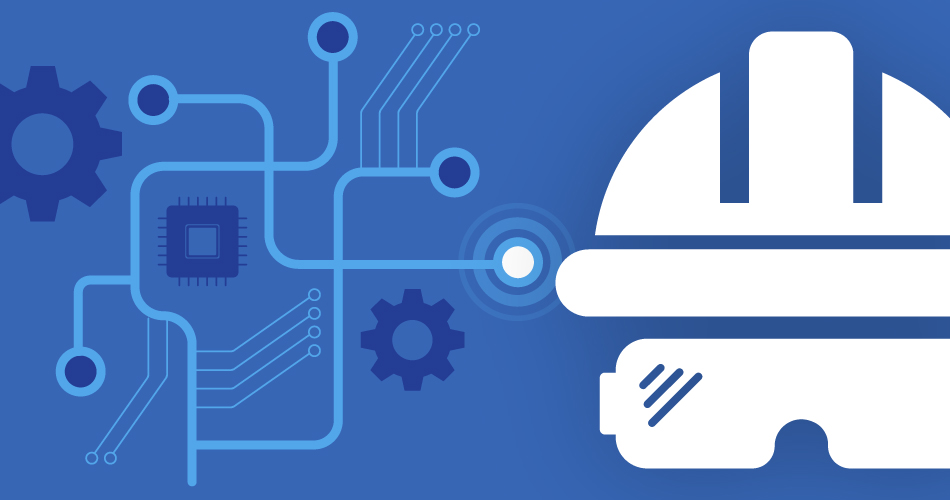
With modern EHS&S software, immense amounts of computing power, and seemingly endless cloud storage, you now have the tools to achieve fully-realized AI for your EHS&S program. And while you may not be ready to take the plunge into AI just yet, there are some steps you can take to implement artificial intelligence into your EHS&S program in the future.
Perhaps the best aspect of preparing for AI implementation is that all of the steps you take to properly bring about an AI system will benefit your program even before the deployment phase. Accurate sources, validated data, and one system of record are all important factors for any EHS&S team.
Accurate Sources
Used alongside big data, AI can quickly draw inferences and conclusions about many aspects of life more efficiently than with human analysis, but only if your sources pull accurate data. Accurate sources data will help your organization regardless of your current AI usage level. That’s why the first step to implementing artificial intelligence is auditing your data sources.
Sources pulling accurate data can be achieved with some common best practices. First, separate your data repository from the process that analyzes the data. This allows you to repeat the same analysis on different sets of data without the fear of not being able to replicate the process of analysis. AI requires taking a step away from an Excel-based or in-house software, and moving to a modern EHS&S software, like Locus Platform that will audit your data as it is entered. This means that anything from SCADA to historical outputs, samples, and calculations can be entered and vetted. Further, consider checking your data against other sources and doing exploratory analysis to greater legitimize your data.
Validated Data
AI requires data, and a lot of it—aggregated from multiple sources. But no amount of predictive analysis or machine learning is going to be worth anything without proper data validation processes.
Collected data must be relevant to the problem you are trying to solve. Therefore, you need validated data, which is a truly difficult ask with Excel, in-house platforms, and other EHS&S software. Appropriate inputs, appropriate ranges, data consistency, range checks (to name a few)—are all aspects of data that is validated in a modern EHS&S software like Locus Platform. Without these checks inherent to a platform, you cannot be sure that your data, or your analyses are producing useful or accurate results.
Possibly the best reason to get started with AI is the waterfall effect. As your data uncovers hidden insights and starts to learn on its own, the more accurate your new data will be and the better your predictions will become.
One System of Record
A unified system of record and a central repository for all data means that you see an immediate increase in data quality. Starting with AI means the end of disconnected EHS&S systems. No more transferring data from one platform to another or from pen and paper, just fully-digitized and mobile-enabled data in one platform backed up in the cloud. You also gain the added benefit of being able to access your data in real-time, incorporate compliance/reporting on the fly, and save time and resources using a scalable solution instead of a web of spreadsheets and ad-hoc databases.
Whether you are ready for AI or not, investing in these otherwise useful steps are necessary for any program looking to harness the power of artificial intelligence. When you are ready to take that next step, you will be well on the path to AI implementation, with a solid data infrastructure in place for your efforts.
To learn more about artificial intelligence, view this NAEM-hosted webinar led by Locus experts, or read our study on predicting water quality using machine learning.
